The winter months aren’t for going fast, but for preparing the body for the real training to come this spring.
The winter months aren’t for going fast, but for preparing the body for the real training to come this spring.
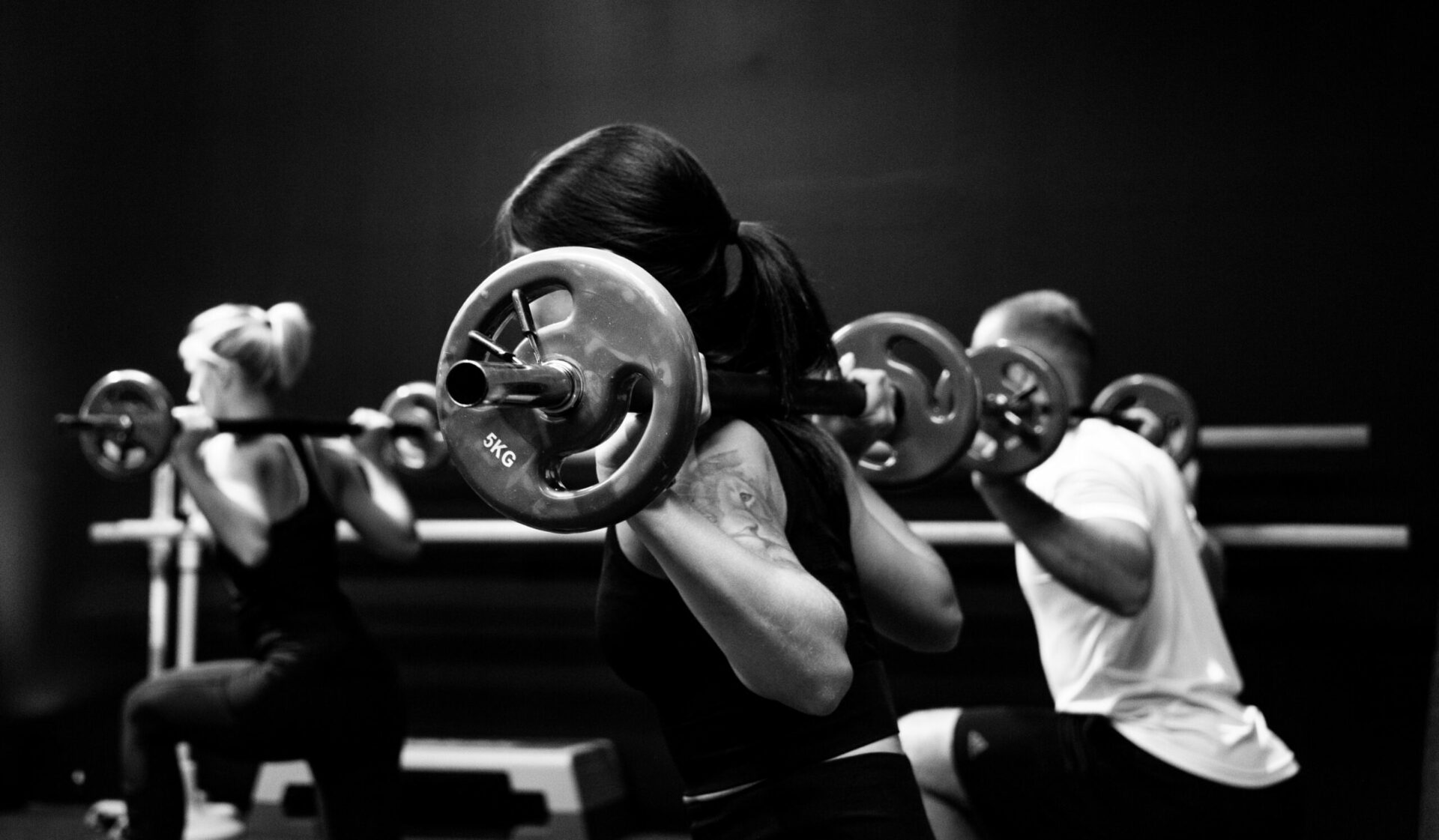
The winter months aren’t for going fast, but for preparing the body for the real training to come this spring.

The winter months aren’t for going fast, but for preparing the body for the real training to come this spring.
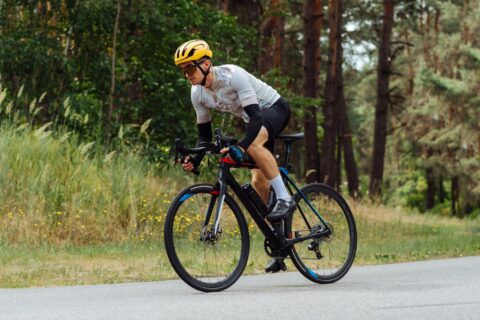
Get the best of both worlds by incorporating several high-intensity sprints into your base rides.
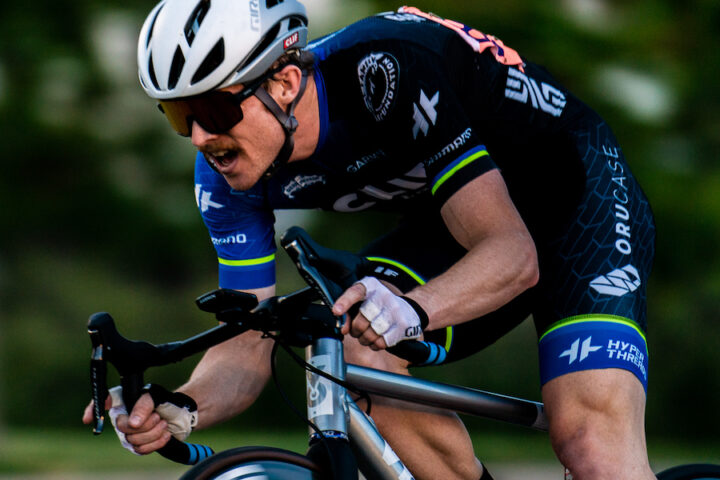
The concepts of central and peripheral conditioning help explain why an effective training base period leads to speed and durability in the race season.
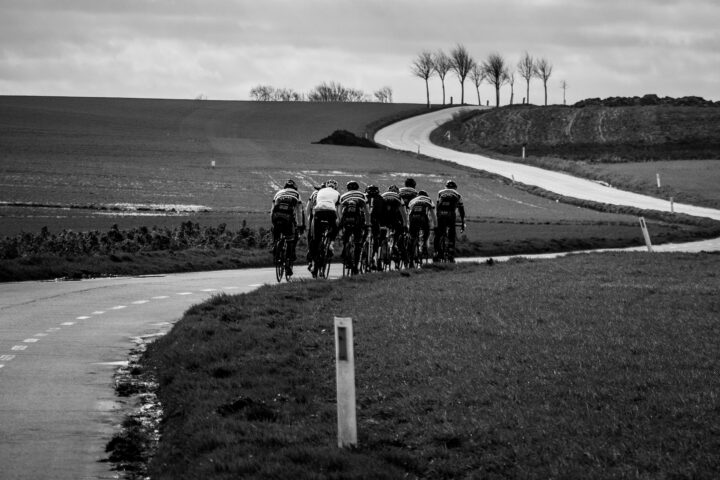
It’s hard to find time to fit in the long, slow miles that traditionally comprise the base season. Coach Trevor Connor offers suggestions for improving life-training balance, understanding quality versus quantity, and more.
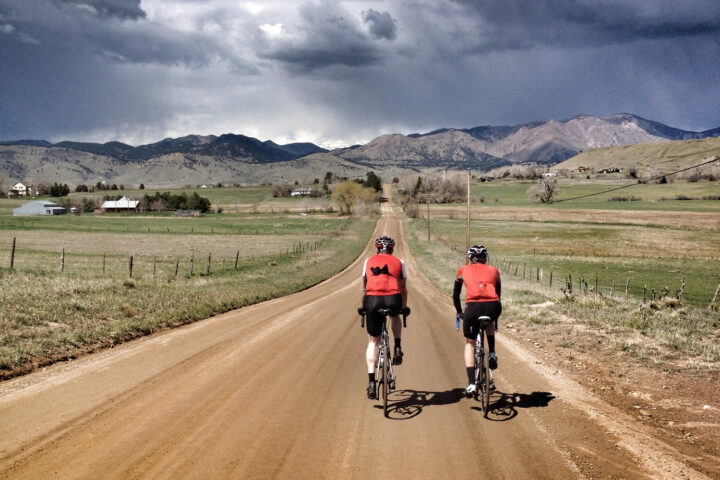
Are you tempted to throw out those five-hour rides—not enough time or willpower, or maybe you find them boring? Don’t do it! Trevor Connor explores the adaptations that can only be gained from long, slow miles.
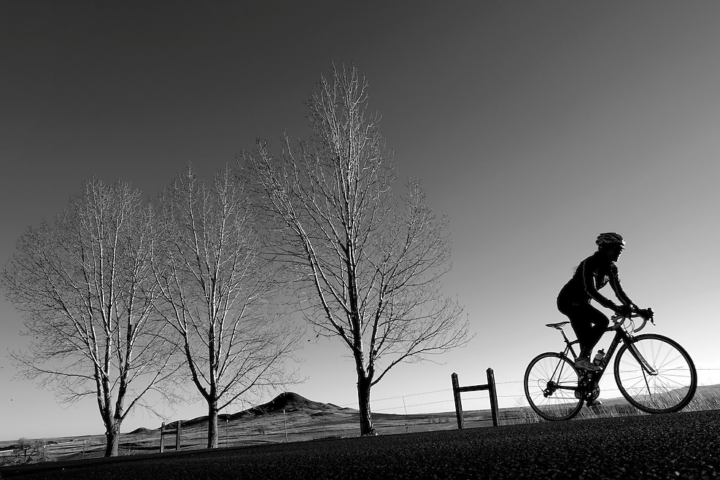
The concept of base training has been a part of endurance training for decades. Laying a foundation of fitness early in the season sets the stage for success later on. With the help of Joe Friel, Dr. Stephen Seiler, and Dr. Andy Pruitt, we explore the how and why of this fundamental aspect of endurance training.
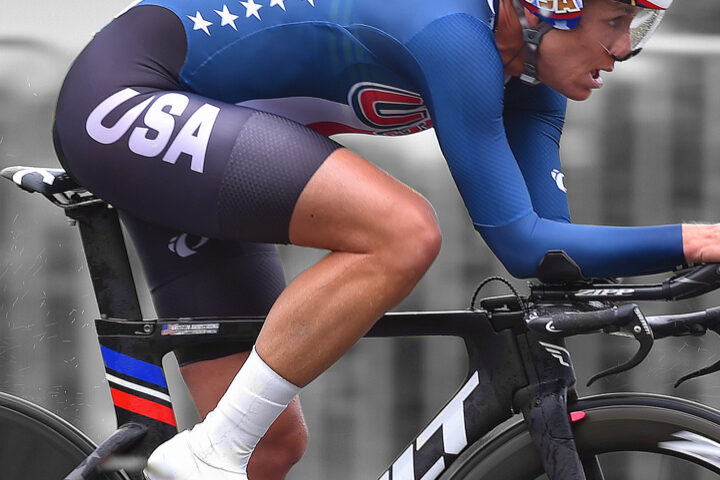
Healthy knees are critical for cyclists. See how to keep your knees happy with bike fit, strength training, mobility, and expert advice from Dr. Andy Pruitt, Jess Elliott, and Menachem Brodie.